Step into the world of feathers and flight where magic and myth intertwine. Bird symbolism is bringing to life stories from ancient times and captivating our imaginations. Birds, with their ethereal presence and grace, have always held a special place in human hearts and cultures across the globe. Today, we delve into the enchanting tales of some of the most magical birds in real life, exploring their symbolism, mythological history, and their undeniable influence on popular culture.
Eagle: The Divine Sky Traveler
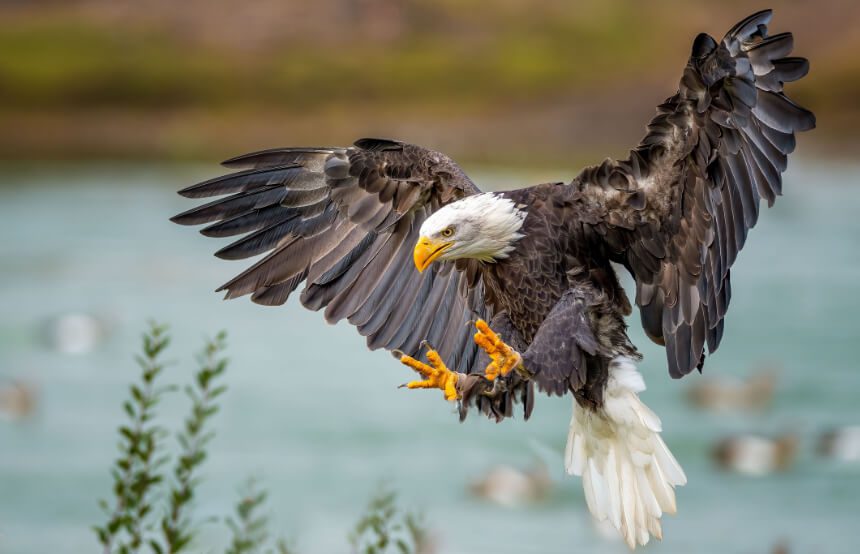
With wings that slice through the heavens and eyes that see from miles away, the eagle has long been a symbol of divine connection and power. In Native American mythology, the eagle is regarded as a sacred messenger between humans and the Creator. Its feathers are used in rituals to carry prayers to the heavens, and its flight is considered a spiritual act, lifting the soul to higher awareness.
The ancient Romans revered the eagle as a symbol of strength and immortality, often placing it on their standards during battle. In Greek mythology, Zeus took the form of an eagle or sent one to deliver his thunderbolts—marking it as a celestial agent of divine will.
If you see an eagle:
This majestic bird may be calling on you to rise above daily distractions and view your life from a broader, spiritual perspective. It invites you to lead with courage, act with integrity, and reconnect with your soul’s higher purpose. When the eagle appears, the sky is not the limit—it’s only the beginning.
Sparrow: The Humble Guardian of Joy
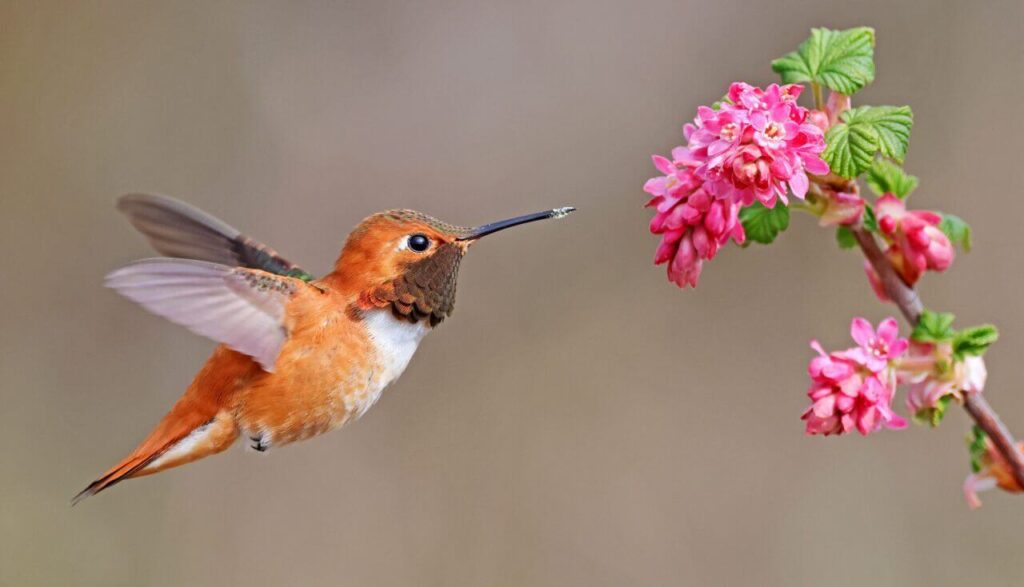
Though often overlooked for flashier birds, the sparrow has long represented the quiet power of community, perseverance, and self-worth. In ancient Greece and Rome, the sparrow was linked to the goddess Aphrodite (Venus), symbolizing lust, love, and desire. But over time, it came to represent something even deeper: emotional strength in small packages.
In Christian folklore, sparrows signify God’s watchfulness over even the smallest creatures, suggesting that no soul goes unnoticed. In Chinese tradition, they symbolize happiness and marital bliss. These tiny birds band together in flocks, showing us the importance of connection and teamwork.
If you see a sparrow:
You may be underestimating your own voice or role in a group. The sparrow reminds you that joy often lives in simple, quiet moments. It whispers that small efforts, repeated over time, can build a beautiful life. Don’t ignore the power in humility.
Peacock: A Symphony of Colors and Grace
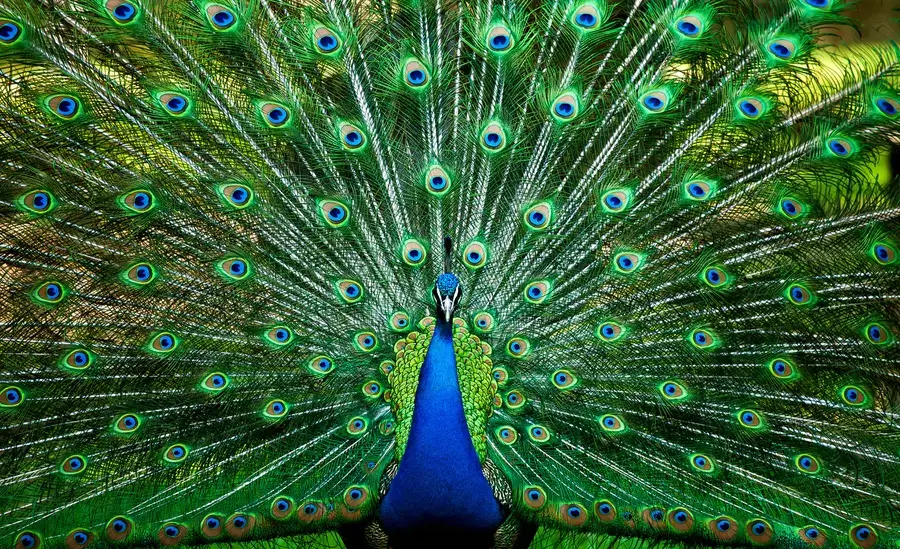
Peacocks, with their resplendent tails and regal bearing, have long served as symbols of grandeur and opulence. In many cultures, people regard these birds as embodiments of the celestial Phoenix, a creature that rises from its ashes, reborn and renewed. This association highlights themes of resurrection, immortality, and the cyclical nature of life. In India, the peacock enjoys a revered status, symbolizing grace and the beauty of life. Its vibrant feathers also represent the all-seeing sun and the eternal patterns of time and space.
Furthermore, peacocks play a significant role in various religious iconography. In Christianity, their enduring flesh after death has made them a symbol of immortality and the resurrection of Christ. They also stand as vigilant guardians, their many eyes ever-watchful, protecting against evil and ensuring integrity.
In Chinese symbolism, the peacock denotes dignity and beauty. People believe that the peacock can transform ill fortune into auspicious events, bringing harmony and positivity into one’s life. Additionally, its feathers, with their eyes-like patterns, serve as a protective talisman, warding off bad spirits and misfortune.
If you see a peacock:
It may be a message that you’re entering a phase of personal transformation or rebirth. The universe may be reminding you of your inner beauty, encouraging you to walk proudly and own your space with grace.
Swan: The Epitome of Grace and Purity
Swans, with their graceful glides and pristine white feathers, symbolize love, purity, and transformation. In Greek mythology, Zeus transformed into a swan, creating a story of love and deception. And the ballet, “Swan Lake” tells a tragic tale of love and transformation, with the swan embodying the purity and fragility of life.
These birds offer more than just a visual spectacle. They are a treasure trove of symbolism and meaning. In Celtic symbolism, swans are associated with love, intuition, and transformation. Their ability to glide seamlessly between water and land represents the merging of two worlds, the spiritual and the emotional.

In many cultures, swans embody the purity of the soul, with their white feathers symbolizing light and their graceful movements invoking a sense of calm and tranquility. In the realm of dreams, swans often appear as messengers, encouraging us to trust our instincts and embrace the power of intuition.
Their lifelong mating ritual further cements its association with fidelity and enduring love. That’s why the swan is a popular motif in weddings and romantic literature.
Swans serve as ethereal guides, leading us on a journey of self-discovery and love, deepening the layers of meaning they add to our lives.
If you see a swan:
You’re being reminded to trust your heart. A swan’s appearance can indicate a time of emotional healing, deep love, or a spiritual message. It could also suggest a need to move with more grace and compassion in your current situation.
Owl: The Wise Guardian of the Night
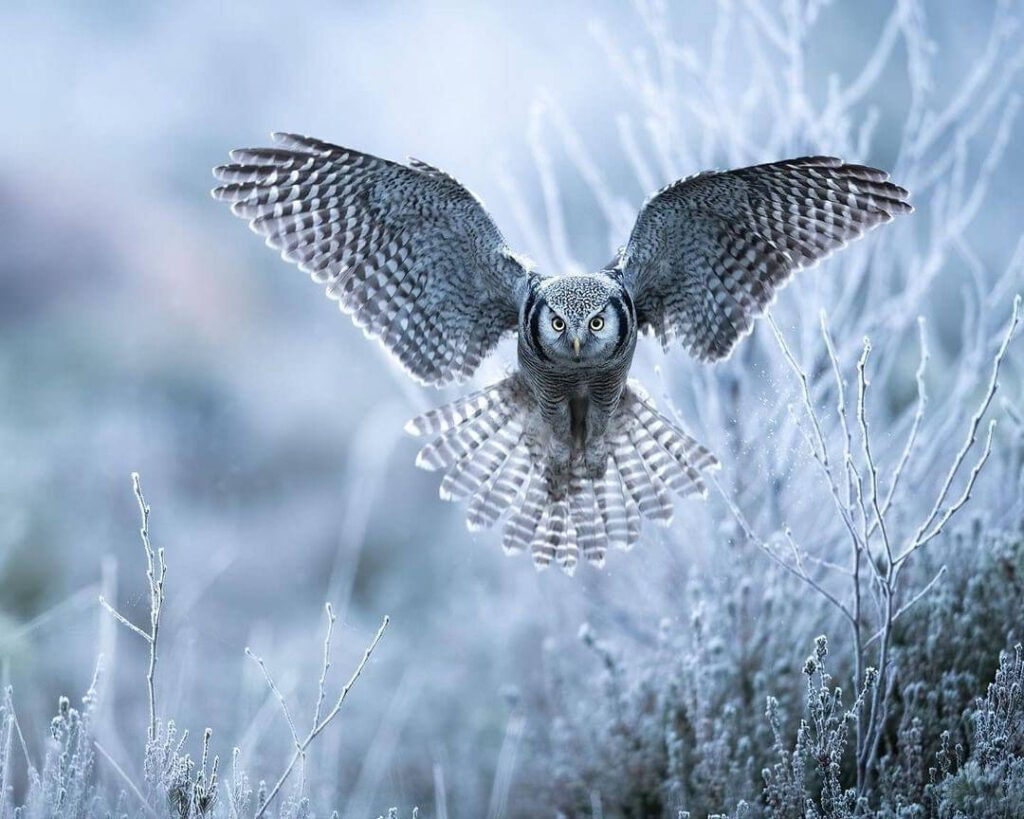
Owls serve as symbols of wisdom, mystery, and protection. This creature is the official bird of philosophy. In Greek mythology, the owl is Athena’s bird. Non-surprisingly, the goddess of wisdom embodies her knowledge and foresight.
These nocturnal and elusive birds have long captured the human imagination. They become a powerful symbol of wisdom, intuition, and the mystical unknown. In ancient Egypt, artists often depicted owls in their work, associating these birds with wisdom and protection. Native American tribes revered owls as sacred creatures. They see these birds as keepers of sacred knowledge and guardians of the afterlife.
In many cultures, people believe that owls possess the ability to see beyond deceit and illusion, representing clarity and discernment. The owl’s ability to navigate the darkness of night links it to intuition and inner knowledge, encouraging us to trust our instincts and look beyond the surface.
In Celtic symbolism, the owl stands for wisdom, change, and transformation. Celtic warriors adorned their gear with owl symbols, seeking the bird’s guidance in strategy and insight.
In popular culture, owls often appear as wise mentors or mystical beings, further cementing their association with knowledge and insight. From Dumbledore’s pet owl, Hedwig in Harry Potter, to the wise old owl in Aesop’s Fables, these birds continue to play a significant role in storytelling and symbolism.
If you see an owl:
It could be a call to seek the truth in a situation, especially something hidden. Owls often show up when you need to rely more on your instincts than logic. A spiritual awakening may be near.
Boubou: The Melodious Songbird of Africa
The boubou brings the melodies of Africa to life with its lyrical songs and striking plumage. In African folklore, the boubou represents communication, storytelling, and community.
With its melodic calls and vibrant plumage, the boubou bird stands as a captivating symbol of the African spirit. Beyond its representation of communication and community, this bird symbolism also embodies adaptability and resilience. In various African traditions, the boubou’s song signifies the changing seasons and the rhythm of life. Like a deep connection with nature’s cycles.
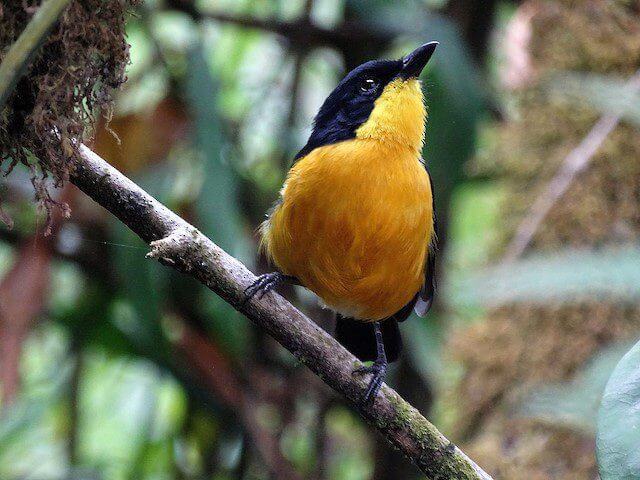
Boubou holds a special place in the hearts of those who know its music and colors. This little fellow teaches us about the power of voice, not just in song, but in the ability to communicate and connect with those around us. The boubou does not just live; it thrives, turning every challenge into an opportunity to sing and celebrate life. In art and folklore, the boubou serves as a reminder to embrace our surroundings, find our voice, and contribute to the chorus of life with strength and joy.
Through its presence and song, the boubou bird continues to weave a tapestry of symbolism and meaning, enriching the cultural heritage of Africa and reminding us all of the beauty and resilience that exists in our world
If you see or hear a boubou:
You may be encouraged to express yourself more clearly or reconnect with your community. Your words have power—use them to create harmony.
Albatross: The Majestic Voyager of the Seas
The Albatros, synonymous with the vastness of the open sea, embodies much more than its impressive physical attributes. Sailors and adventurers throughout history have looked upon this bird as a harbinger of good fortune. With its ability to glide effortlessly over the ocean for hours, the albatross symbolizes freedom, stamina, and the mastery of navigation. For these seafaring individuals, the sight of an albatross brings a sense of hope. A reminder that even in the loneliest parts of the ocean, they are not entirely alone.

In literature, the albatross takes on a more somber tone in “The Rime of the Ancient Mariner,” symbolizing the burden of guilt and the quest for redemption. This dual symbolism of the albatross captures the complexity of human emotions and the profound impact of our interactions with the natural world.
If you see an albatross:
It may be urging you to let go of burdens and allow yourself to soar again. Trust the journey ahead—even if it feels endless now.
Raven: The Mysterious Messenger of Fate
With its glossy black feathers and sharp intellect, these bird serves as a symbol of transformation, mystery, and magic. In Norse mythology, the raven is Odin’s bird. Odin The Allfather, also represents his wisdom and connection to the mystical realms.
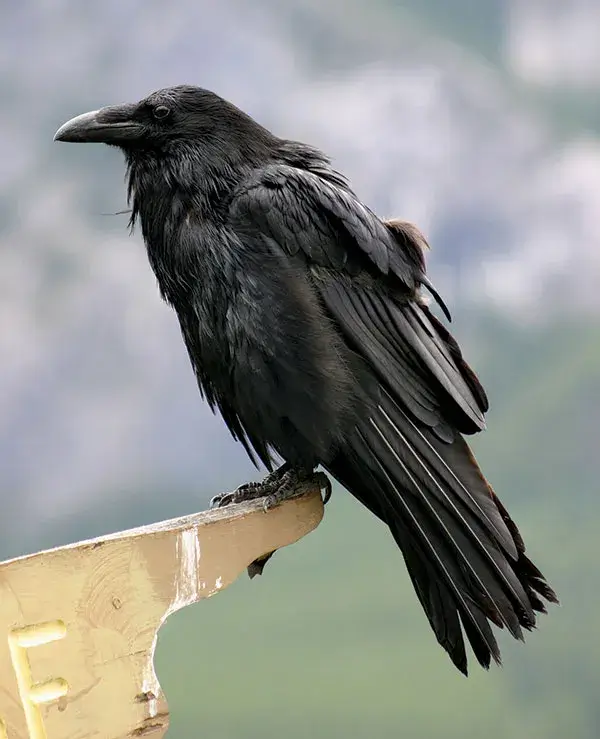
In many ancient cultures, people saw ravens as messengers of the divine. Like Odin, they were bridging the gap between the mortal world and the spiritual realm. Their ability to vocalize and mimic human sounds added to their enigmatic nature, making them subjects of fascination and reverence. In Celtic mythology, the raven symbolizes war and death, but also protection and prophecy, showcasing the bird symbolism and its dual nature and its ability to traverse the realms of life and death.
The raven’s presence in literature and art throughout history further solidifies its status as a symbol of mystery and transformation. In Edgar Allan Poe’s “The Raven,” the bird symbolism becomes a messenger of fate. It delivers a haunting tale of loss and despair.
Raven is a creature that challenges our perceptions, urging us to look beyond the surface and explore the deeper, hidden meanings of life.
If you see a raven:
It may be a sign of profound change ahead. This bird invites you to dive into your shadow self and embrace the mystery. A hidden truth may soon come to light.
Robin: The Harbinger of Renewal
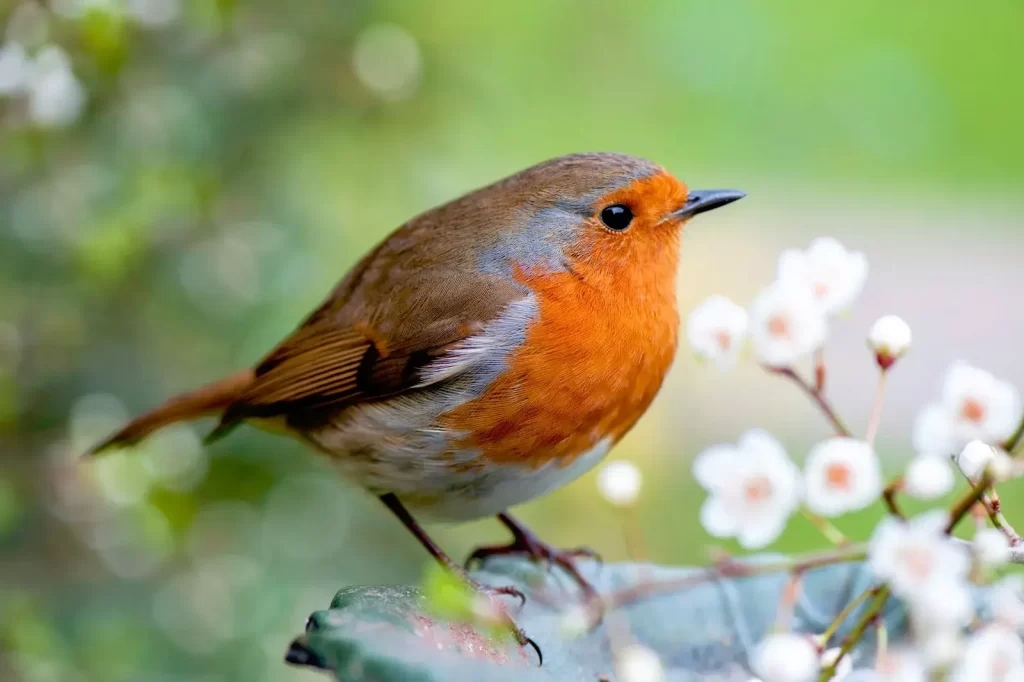
With its warm red breast and sweet, familiar tune, the robin has become a universal symbol of renewal and rebirth. In Celtic mythology, the robin was associated with the Oak King, a figure representing the light half of the year, while the wren belonged to the Holly King, ruler of the dark half. Their seasonal battle marks the eternal cycle of life and death.
In Christian belief, robins gained their red chests while trying to ease Christ’s suffering on the cross—adding an element of compassion and sacrifice to their lore. Across British and Irish folklore, robins are often seen as messengers from the spirit world, especially from departed loved ones.
If you see a robin:
It may signify that a fresh chapter is beginning. You’re being encouraged to let go of past grief and step into a lighter, more hopeful space. The robin brings comfort, change, and the soft tap of new beginnings knocking at your soul’s door.
Parrot: The Colorful Communicator

Bursting with color and chatter, parrots symbolize the beauty of language, the magic of mimicry, and the power of self-expression. In Hindu and Buddhist iconography, parrots are often shown accompanying love gods like Kamadeva, connecting them to passion, persuasion, and emotional intelligence. In South American and Caribbean cultures, parrots are considered sacred messengers of the rainforest, mediators between humans and nature spirits.
Their remarkable ability to mimic human speech links them to themes of storytelling, repetition, and memory. Some traditions believe that parrots can echo back truths people are unwilling to face.
If you see a parrot:
It’s time to evaluate how you’re communicating with the world. Are you speaking your truth, or just repeating what others expect of you? The parrot encourages bold expression, colorful ideas, and the courage to be loud when necessary. It reminds you: words can shape worlds.
Hummingbird: The Joyful Alchemist
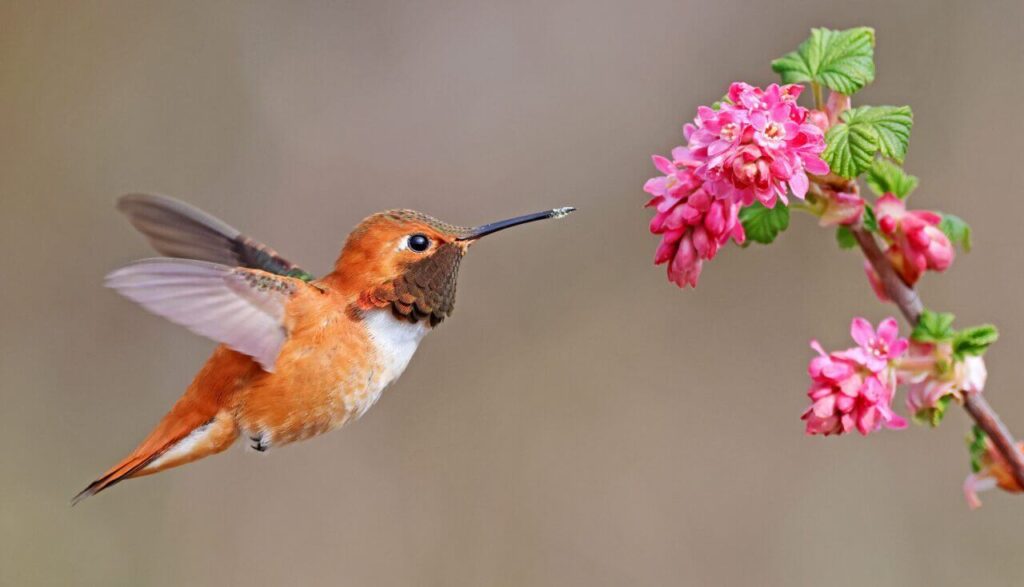
Small yet mighty, the hummingbird flutters at the edge of the impossible. Its wings move in a figure-eight, the symbol of infinity, and in Andean mythology, the hummingbird bridges the human world with the realm of the gods. It was believed to carry messages from the ancestors and to possess healing powers.
In Aztec lore, Huitzilopochtli, the god of the sun and war, was represented as a hummingbird. Despite their delicate appearance, they are fierce fighters and loyal defenders of their territory. Their ability to hover mid-air and move backwards also links them to time, memory, and agility.
If you see a hummingbird:
Joy is near. You’re being urged to savor life’s sweetness and trust in your resilience. This bird reminds you that no matter how fast life moves, you can still find balance, beauty, and delight in the present moment.
Red Canary: The Vibrant Spirit of Passion
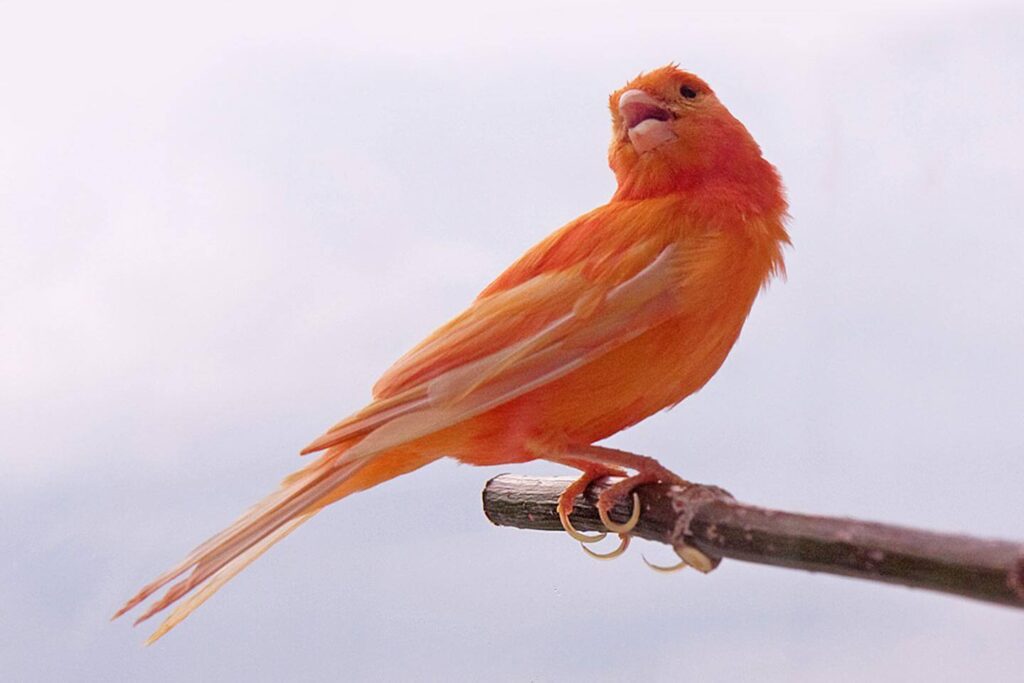
With its bright feathers and clear, soulful song, the red canary symbolizes vitality, self-expression, and emotional release. Though canaries are often associated with miners’ warnings, their deeper symbolism lies in the power of the voice. In the 19th century, their singing was thought to reflect the emotional state of the household.
In esoteric traditions, the red canary is linked to the heart chakra—stirring up passion, artistic expression, and authenticity. Its red plumage adds a layer of fire and urgency to its message, aligning it with the element of fire and themes of inner awakening.
If you see a red canary:
You may be called to release emotions you’ve kept caged. It’s a sign to live more boldly, sing more freely, and express what truly sets your soul alight. The red canary reminds you: your voice is a healing instrument—use it with courage.
